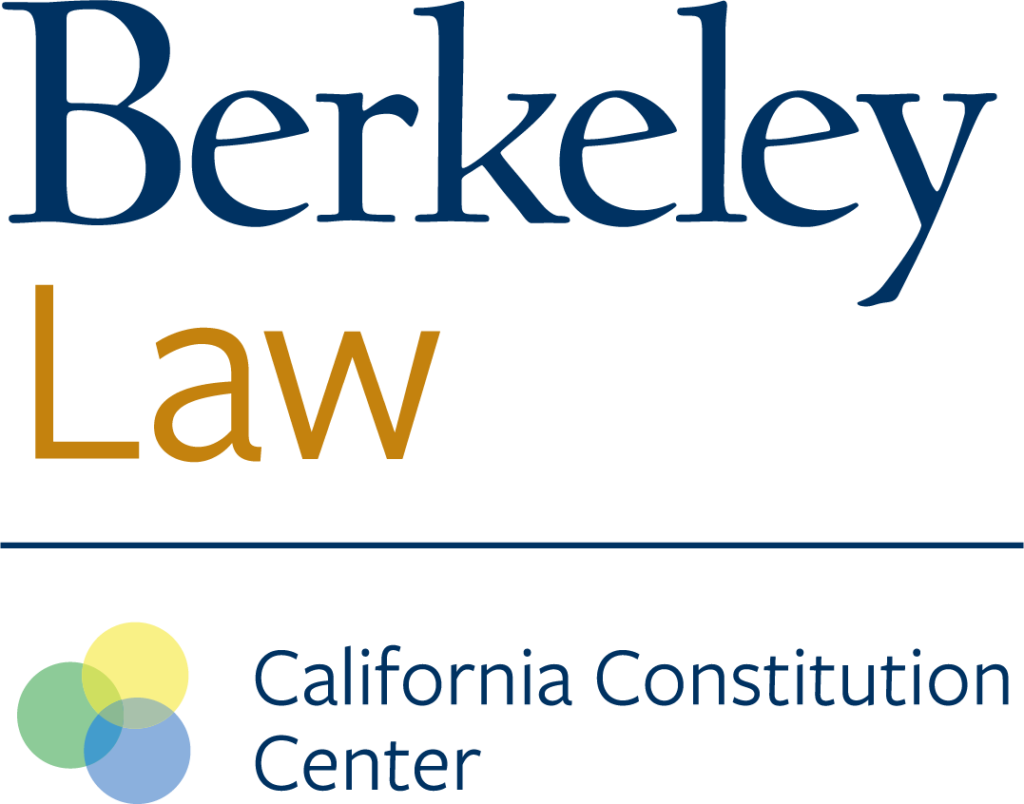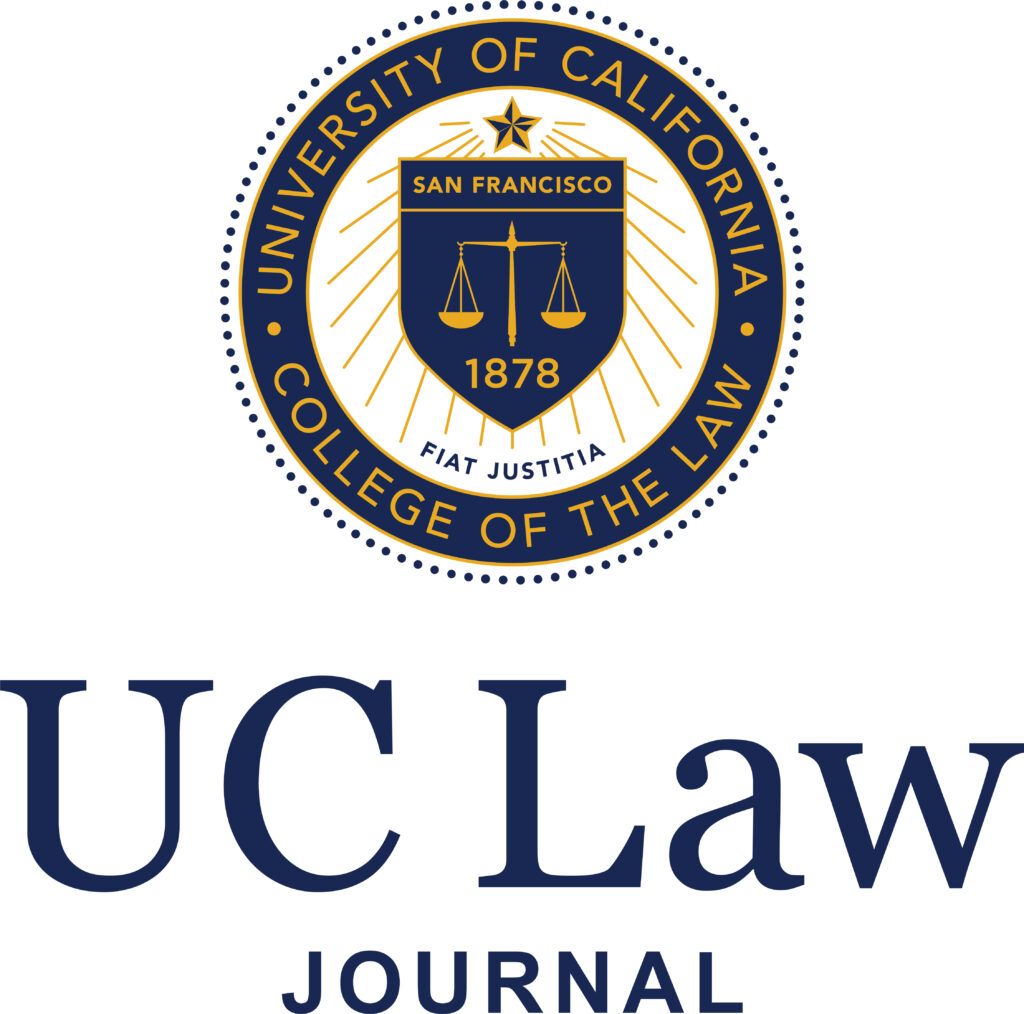Using Proposition 11 to revive California’s privacy right in Renderos v. Clearview AI
Overview Facial recognition technology and AI-driven surveillance raise urgent and pressing questions about privacy. One company in particular, Clearview AI, has created controversy over its surveillance technology. The company has been banned in Canada, sanctioned across Europe, and faced lawsuits challenging its practices in the United States. One such lawsuit, Renderos v. Clearview AI, is currently making its way through California courts. The case represents one of the first tests for courts to determine how modern AI surveillance interacts with California’s once-strong privacy protections. As a matter of both law and public policy, the courts should take the opportunity to...



